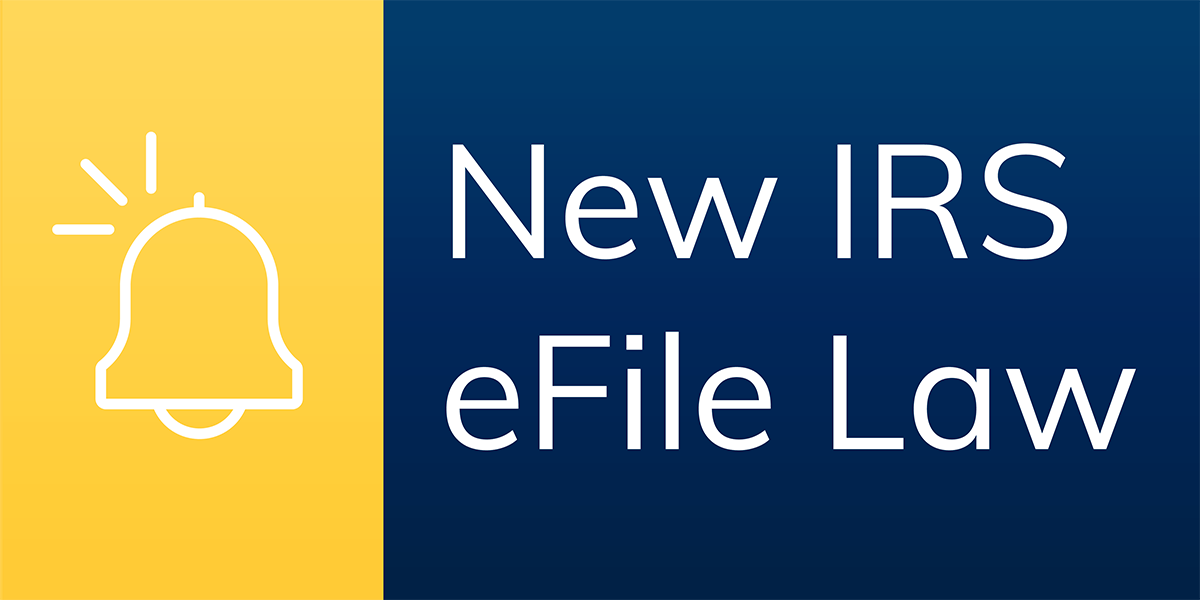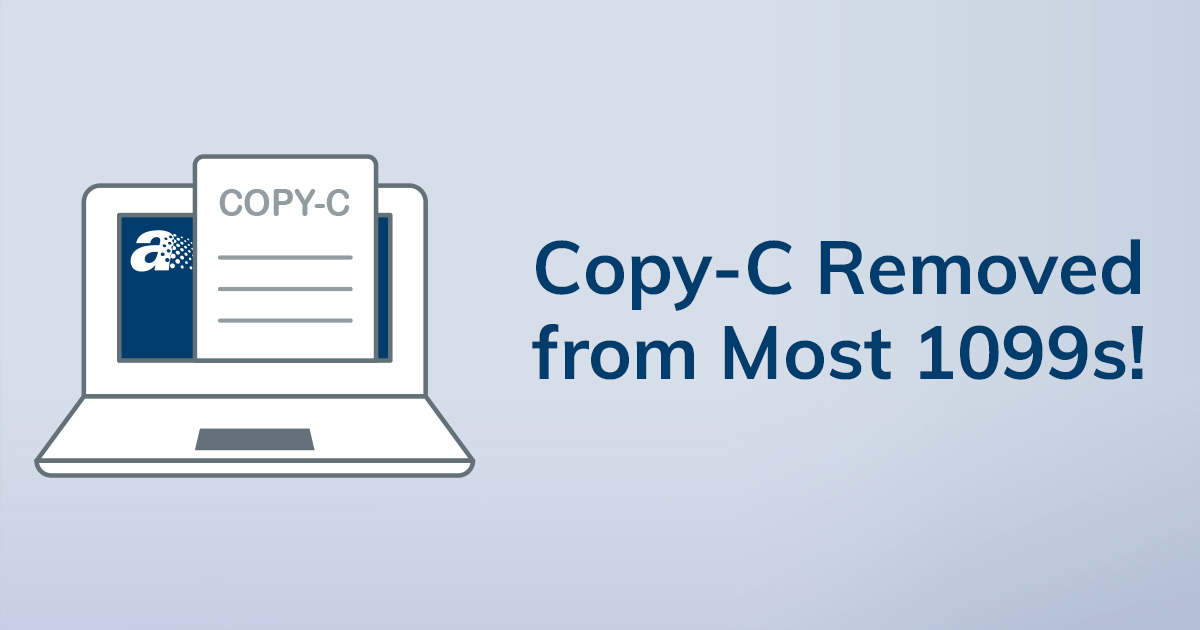Written by: Adams Tax Services
At Adams Tax Services, we know that filing multiple forms is a difficult task, so we’re here to help with a brief guide. Filing these forms is a specific, step-by-step process, so here’s everything you need to know to file by paper to the IRS.
First, make sure you know your quantity. If you’re filing 250 or more information returns, STOP! You have exceeded the IRS paper filing threshold and are required to file electronically. (Heads up, that threshold may reduce to 100 forms next tax year and is subject to change).
(As an authorized eFile provider, Tax Forms Helper can still help you fill, prepare and eFile your forms directly to the IRS, SSA, and many states).
Form 1096 is the Annual Summary and Transmittal of U.S. Information Returns. You must submit one of these summary transmittals with Copy A forms for each of the following: 1097, 1098, 1099, 3921, 3922, 5498, and W-2G to the IRS. Instructions for completing Form 1096 are listed on the form. The IRS asks that your 1096 and Copy A forms follow these 11 instructions, designed to accelerate their automation processes. If your forms fail to meet any of these requirements, the resulting slowdowns may prove costly: Information Return Penalties.
1. Do not cut or separate Copies A of the forms that are printed two or three to a sheet, except for Form W-2G. Generally, Forms 1097, 1098, 1099, 3921, 3922, and 5498 are printed two or three to an 8" x 11"sheet. Form 1096 is printed one to an 8" x 11" sheet. These forms must be submitted to the IRS on the 8" x 11" sheet. If at least one form on the page is completed, you must submit the entire page. Forms W-2G are an exception and may be separated and submitted as single forms. Send your forms to the IRS in a flat mailing (not folded).
2. Do not staple, tear, or tape any of these forms. It will interfere with the IRS’s ability to scan the documents.
3. Pinfeed holes on the form are not acceptable. Pinfeed strips outside the 8" x 11" area must be removed before submission without tearing or ripping the form. Substitute forms prepared on continuous feed or strip form paper must be burst and stripped to conform to the size specified for a single sheet (8" x 11") before they are filed with the IRS.
4. Do not use a form to report information that is not properly reportable on that form. If you are unsure of where to report the data, call the information reporting customer service site at 1-866-455-7438 (toll free).
5. Report information only in the appropriate boxes provided on the forms. Make only one entry in each box unless otherwise indicated in the form’s specific instructions.
6. Do not submit anything other than red ink copies to the IRS.
7. Do not use prior year forms unless you are reporting prior year information; do not use subsequent year forms for the current year. Make sure your form is dated for the year that you are filing.
8. Use the official forms or substitute forms that meet the specifications in Pub. 1179. If you submit substitute forms that do not meet the current specifications and that are not scannable, you may be subject to a penalty for each return for improper format. All of Adam’s tax forms meet the proper requirements, so use us as a resource.
9. Do not use dollar signs ($) (they are pre-printed on the forms), ampersands (&), asterisks (*), commas (,), or other special characters in money amount boxes.
10. Do not use apostrophes (’), asterisks (*), or other special characters on the payee name line.
11. No photocopies of any form are acceptable.
Know when to file. Use this Help link to stay on top of all your tax deadlines: IRS Filing deadlines.
Know where to file. Send all information returns filed on paper to the following:
| If your principal business, office or agency, or legal residence in the case of an individucal, is located in: |
Use the following address: |
| Alabama, Arizona, Arkansas, Delaware, Florida, Georgia, Kentucky, Maine, Massachusetts, Mississippi, New Hampshire, New Jersey, New Mexico, New York, North Carolina, Ohio, Texas, Vermont, Virginia |
Internal Revenue Service
Austin Submission Processing Center
P.O. Box 149213
Austin, TX 78714
|
| If your principal business, office or agency, or legal residence in the case of an individual, is located in: |
Use the following address: |
| Alaska, Colorado, Hawaii, Idaho, Illinois, Indiana, Iowa, Kansas Michigan, Minnesota, Missouri, Montana, Nebraska, Nevada, North Dakota, Oklahoma, Oregon, South Carolina, South Dakota, Tennessee, Utah, Washington, Wisconsin, Wyoming |
Department of the Treasury
Internal Revenue Service
P.O. Box 219256
Kansas City, MO 64121-9256
|
| If your principal business, office or agency, or legal residence in the case of an individual, is located in: |
Use the following address: |
| California, Connecticut, District of Columbia, Louisianna, Maryland, Pennsylvania, Rhode Island, West Virginia |
Department of the Treasury
Internal Revenue Service Center
1873 North Rulon Blvd.
Ogden, UT 84201
|
If your legal residence or principal place of business or principal office or agency is outside the United States, file with the Internal Revenue Service, Austin Submission Processing Center, P.O. Box 149213, Austin, TX 78714.
State and local tax departments: Contact the applicable state and local tax department for reporting requirements and where to file.
Again, while filing these (and other forms) can feel overwhelming, Adams Tax Services is here to help. From tax tips to step-by-step guides about filing, we’re here for you, and we hope you find this article helpful. Because taxes shouldn’t be taxing.







